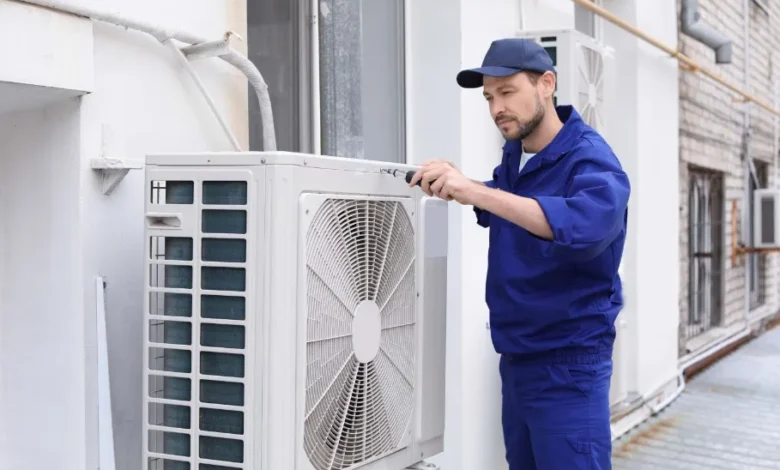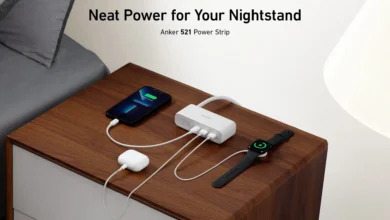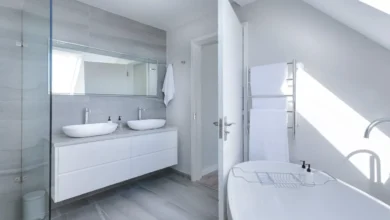HVAC Installation: Steps to Efficient Climate Control

Climate control is essential for maintaining comfort and air quality in both residential and commercial buildings.
An efficient HVAC (Heating, Ventilation, and Air Conditioning) system not only ensures a pleasant indoor environment but also optimizes energy consumption, leading to significant cost savings.
This blog post outlines the steps involved in HVAC installation to achieve efficient climate control.
Contents
Understanding HVAC Systems
HVAC systems consist of three main components:
- Heating: Usually provided by furnaces or heat pumps.
- Ventilation: Ensures the circulation of fresh air and the removal of pollutants.
- Air Conditioning: Provides cooling during hot weather.
Efficient HVAC installation requires careful planning and execution to ensure all these components work seamlessly together.
Pre-Installation Planning
1. Assessing Building Requirements
The first step in HVAC installation is to assess the heating and cooling needs of the building. This involves:
- Conducting a Load Calculation: This calculation determines the heating and cooling load requirements based on the size of the building, insulation levels, number of windows, and occupancy.
- Evaluating Existing Infrastructure: If you are upgrading an existing system, it’s crucial to evaluate the current ductwork, electrical wiring, and structural support.
2. Choosing the Right HVAC System
Selecting the appropriate HVAC system is critical for efficiency. Factors to consider include:
- System Type: Central HVAC systems, ductless mini-splits, or geothermal heat pumps.
- Energy Efficiency Rating: Look for systems with high SEER (Seasonal Energy Efficiency Ratio) and HSPF (Heating Seasonal Performance Factor) ratings.
- Capacity: Ensure the system’s capacity matches the calculated load requirements to avoid underperformance or wasted energy.
Installation Process
1. Preparing the Installation Site
Before installation begins, prepare the site by:
- Clearing Obstacles: Ensure the area where the HVAC unit will be installed is clear of debris and obstructions.
- Ensuring Structural Support: Check that the area can support the weight of the HVAC units, especially for rooftop installations.
2. Installing the Indoor Unit
The indoor unit, often placed in basements, attics, or utility rooms, includes the furnace or air handler.
- Mounting the Unit: Secure the unit in place, ensuring it is level and properly supported.
- Connecting Ductwork: Attach the ductwork to the unit. Seal all connections with mastic or metal tape to prevent air leaks.
- Installing Condensate Drain Line: Ensure proper drainage to prevent water damage and mold growth.
3. Installing the Outdoor Unit
The outdoor unit, typically the air conditioner or heat pump, should be installed in a well-ventilated area.
- Placing the Unit: Position the unit on a concrete pad or mounting bracket. Ensure it is level and has adequate clearance for airflow.
- Connecting Refrigerant Lines: Connect the refrigerant lines from the indoor to the outdoor unit. Insulate the lines to improve efficiency.
- Electrical Connections: Run the electrical wiring from the main panel to the unit, ensuring compliance with local electrical codes.
4. Installing the Thermostat
The thermostat controls the HVAC system and should be placed in a central location away from direct sunlight, drafts, and heat sources.
- Wiring the Thermostat: Follow the manufacturer’s instructions to wire the thermostat correctly. Ensure compatibility with the HVAC system.
- Configuring Settings: Program the thermostat settings to match the desired temperature and schedule preferences.
5. Testing the System
Once installation is complete, testing is crucial to ensure everything functions correctly.
- Checking Airflow: Verify that there is consistent airflow from all vents and that there are no obstructions or leaks.
- Testing Temperature Control: Ensure the system heats and cools effectively according to the thermostat settings.
- Inspecting Refrigerant Levels: Check that the refrigerant levels are correct and there are no leaks in the system.
Post-Installation Considerations
1. Regular Maintenance
Regular maintenance is essential to keep the HVAC system running efficiently. This includes:
- Changing Filters: Replace air filters every 1-3 months to maintain airflow and air quality.
- Cleaning Components: Clean the coils, blower, and other components annually to prevent buildup and ensure efficient operation.
- Scheduling Professional Inspections: Have a licensed technician inspect and service the system at least once a year.
2. Monitoring Energy Usage
Keep an eye on energy bills to monitor the HVAC system’s performance. Sudden spikes in energy consumption may indicate inefficiency or underlying issues that need addressing.
3. Upgrading Components
As technology advances, consider upgrading components like thermostats or adding smart home integration for better control and energy efficiency.
The Importance of Crane Rental in HVAC Installation
Crane rental is pivotal for HVAC system installations, particularly in large-scale projects or multi-story buildings. The heavy and cumbersome components of an HVAC system, such as air handlers, condensers, and ductwork, often require elevation to rooftops or raised platforms. Utilizing a crane ensures these elements are transported safely and efficiently to their designated locations, avoiding unnecessary delays and safety risks.
By renting a crane, contractors can significantly streamline the installation process, reducing labor costs and minimizing the potential for equipment damage. This approach not only boosts the overall efficiency of the project but also enhances the long-term reliability and performance of the HVAC system.
Conclusion
Efficient HVAC installation is a multi-step process that requires careful planning, precise execution, and ongoing maintenance. By following these steps, you can ensure optimal climate control, improved energy efficiency, and enhanced comfort in your building. Investing in a quality HVAC system and professional installation will pay off in the long run through lower energy costs and a more comfortable living or working environment.




